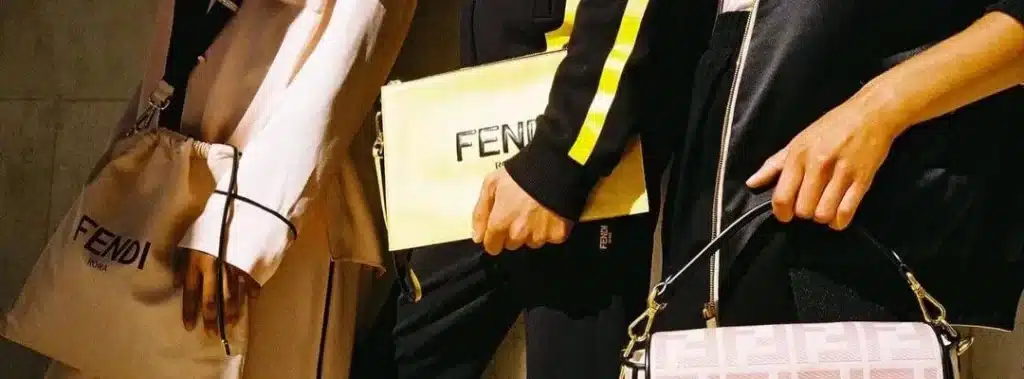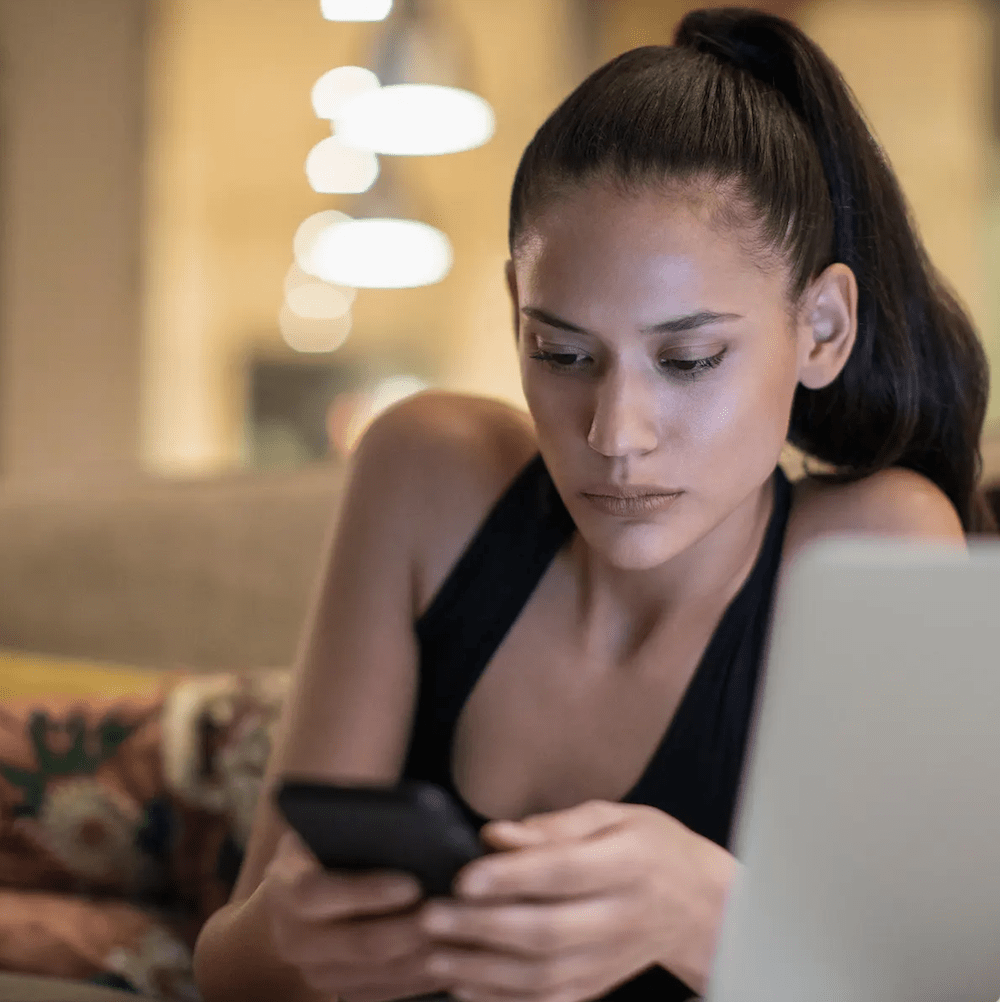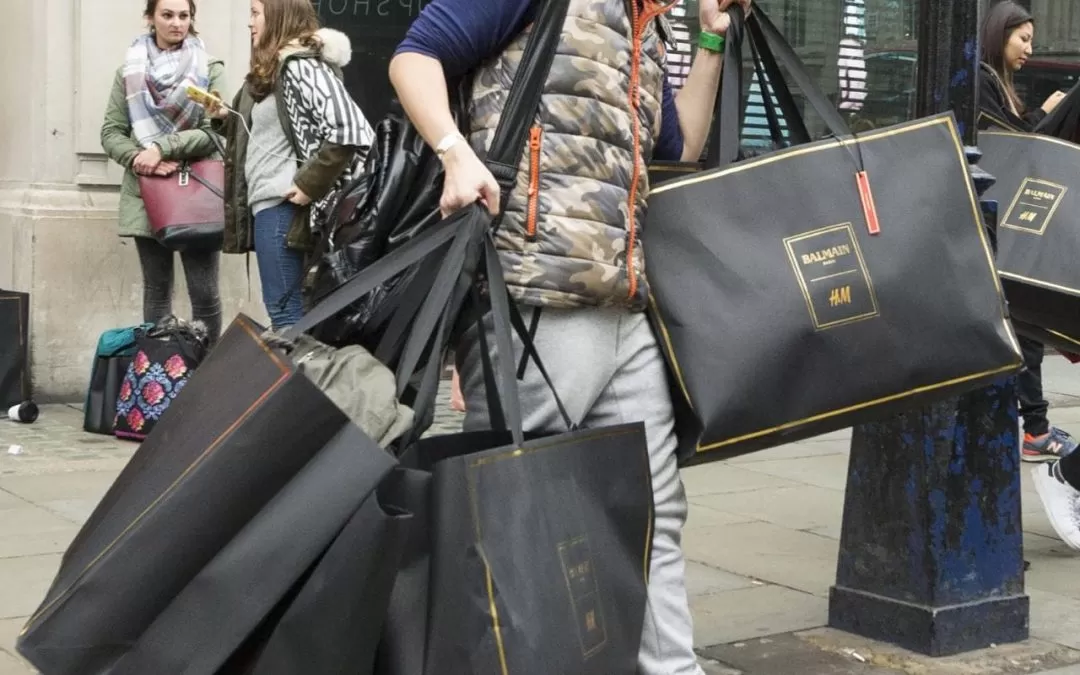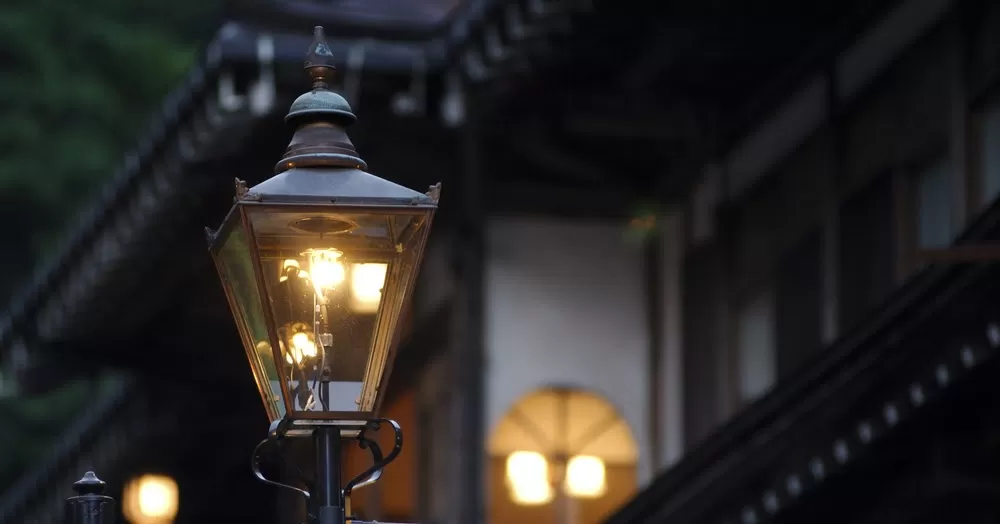Luxury goods bask in a paradigm shift to online. Luxury is back in business, with Bain & Company forecasting that sales of personal luxury goods will finish out the year 29% higher than last year, at $324.3 billion — a 1% increase from pre-pandemic times.
But like much of the world, the luxury sector looks very different today than it did in 2019. Before the pandemic, many luxury retailers had been resistant to the idea of moving online, but COVID left them little choice. Much to their surprise they actually like it — and so do their customers. Online sales of luxury goods are expected to jump 27% YoY in 2021, and that’s following a 50% YoY increase in 2020, according to Bain.
“All the indicators point to a very profound paradigm shift,” said Patrick Bousquet-Chavanne, U.S. President and CEO of ESW, who also has held leadership roles at Marks & Spencer, Estée Lauder and Dior. “What was a response over the last 18 months by many brands has turned into something that they’ve embraced. What’s also amazing to me is when I look at the impact that Gen Z and millennials are projecting in terms of where they intend to buy. These generations, which are vital to the luxury space, are saying more and more that it is not an either/or — they want direct brand engagement online,” he said in an interview with Retail TouchPoints.
Beyond meeting customer demand, luxury’s entrance into ecommerce also helps brands meet more customers. Luxury goods were the fastest-growing cross-border ecommerce category in the first half of 2021, increasing by 50% compared to the end of 2020, according to ESW’s Global Voices pulse survey of 15,000 consumers across 14 countries.
The survey revealed several facets of the shift currently underway in luxury, including:
- While consumers do appreciate the white glove treatment they get in stores, a large number of them are willing to forego an in-person luxury experience for online convenience;
- Ecommerce expansion is allowing brands to reach a growing, digitally native middle class that is hungry for luxury products but who lives outside of traditional luxury markets; and
- Getting the online experience right is even more critical for luxury brands than for other retailers.

COVID Pushes Luxury to Digitise
Last year, the luxury market was forced to put digital at the top of its priority list and face head-on one of the biggest challenges in bringing luxury retail online — the shopper experience. “The big question was always, ‘Can you translate the experience that luxury consumers expect in an online environment?’” said Bousquet-Chavanne. “Even for some of the larger players in the industry, the verdict [pre-pandemic] wasn’t always clear.
The ESW survey revealed that while a significant number of luxury shoppers (42%) still prefer to shop in-store, 43% are happy to forego the in-store experience for the ease and convenience of shopping online.
Bousquet-Chavanne thinks this preference is here to stay: “Online luxury sales will keep growing substantially in years to come, but not to the detriment of what we see happening in stores. The in-store experience is still extraordinarily vital to the connection with customers.
During the last 12 months, [many] brands have learned to use their in-store staff to engage online with their consumers. Now the question is, how do you not just repurpose, but complement an ecommerce journey with a stronger human component, to navigate and help customers understand the brand and eventually buy online.”
Accessibility, Wider Assortments Increase Cross-Border Luxury Sales
One positive side effect of luxury’s reluctant move into ecommerce has been an expansion of the sector’s customer base. With travel restricted during the pandemic, an increasing number of consumers made cross-border ecommerce purchases — and become permanent converts.
“Consumers test cross-border buying online now — the quality of customer service, the speed of delivery, tracking of their orders,” said Bousquet-Chavanne. “They realised that things like returning products were easy. [These experiences] have taken away the worries of global consumers, and at the same time it is bringing them into products that they’ve never had access to before.”
The ESW survey found that 42% of consumers are willing to buy from brand websites outside of their own country. Not surprisingly, the countries where shoppers are most comfortable buying luxury products online are those where local availability and variety of luxury goods are limited, including China (61%), South Africa (57%), Mexico (54%) and Russia (50%).
Demand for luxury goods is particularly strong in Asia, and with that region’s tech-savvy population, the propensity to buy cross-border is also high. More than 70% of millennials, Gen X and Baby Boomers in China and South Korea shop luxury online, compared to less than 45% of shoppers in the Americas and most of Europe.
“If you look at square footage compared to population, Asia has less of a representation of physical stores than, for example, Europe, so there’s a pent-up demand and appetite in Asia. Younger generations are very luxury-driven in Asian markets as well,” said Bousquet-Chavanne.
High-End Products Require a High-End Digital Experience
While consumers are willing to trade the cosy chaise and complimentary champagne found in stores for the convenience of shopping online, they still have high expectations for their digital luxury experiences.
The vast majority (69%) of consumers surveyed by ESW said they are more likely to buy luxury goods online if the online experience mirrors the level of service received in-store. Additionally, 77% of survey respondents said they expect personalized customer service when they shop luxury online, and 75% said brands could do more to improve the level of customer service for high-end purchases.
“What luxury brands have to think about now is recreating online the high-touch model they have in-store by, for example, bringing your most engaged stylists, designers and creators online, giving them a forum and allowing them to engage with consumers,” said Bousquet-Chavanne.
.“Hyper-personalised experiences need to be brought online as well,” he added. “Show me that you know me. If you welcome me by my first and last name when I enter your store, do the same thing when I come to your ecommerce ecosystem.
But it is far more than that, addressing the products, and offering hyper-personalisation is now imperative in modern online experience, especially in go-to marketing. And be creative in terms of the type of experiences and content that you feature online. Consumers don’t want any boundaries. Show me your global catalogue, and allow me to have an extensive discovery journey — geography should no longer be a limitation point.”
Bousquet-Chavanne also noted that brands shouldn’t limit their digital presence to their website: “As the online experience enriches itself, I believe that the physical experience is going to also improve and move forward because customers are going to keep going back and forth between a variety of luxury touch points. Influencers continue to have a substantial impact and we are seeing an increase in social commerce in the luxury space.
We also see streaming having an impact now. It’s about the totality of the experience you bring to consumers between physical stores and online. Yes, online is a commercial channel, but it shouldn’t be treated primarily as a commercial channel. Instead, treat it as a place where you really can deliver amazing content that keeps your consumers engaged and inspired.”





